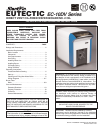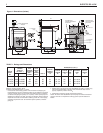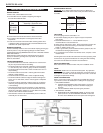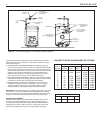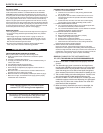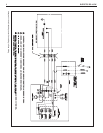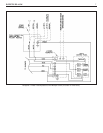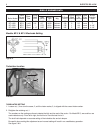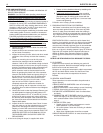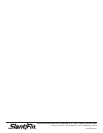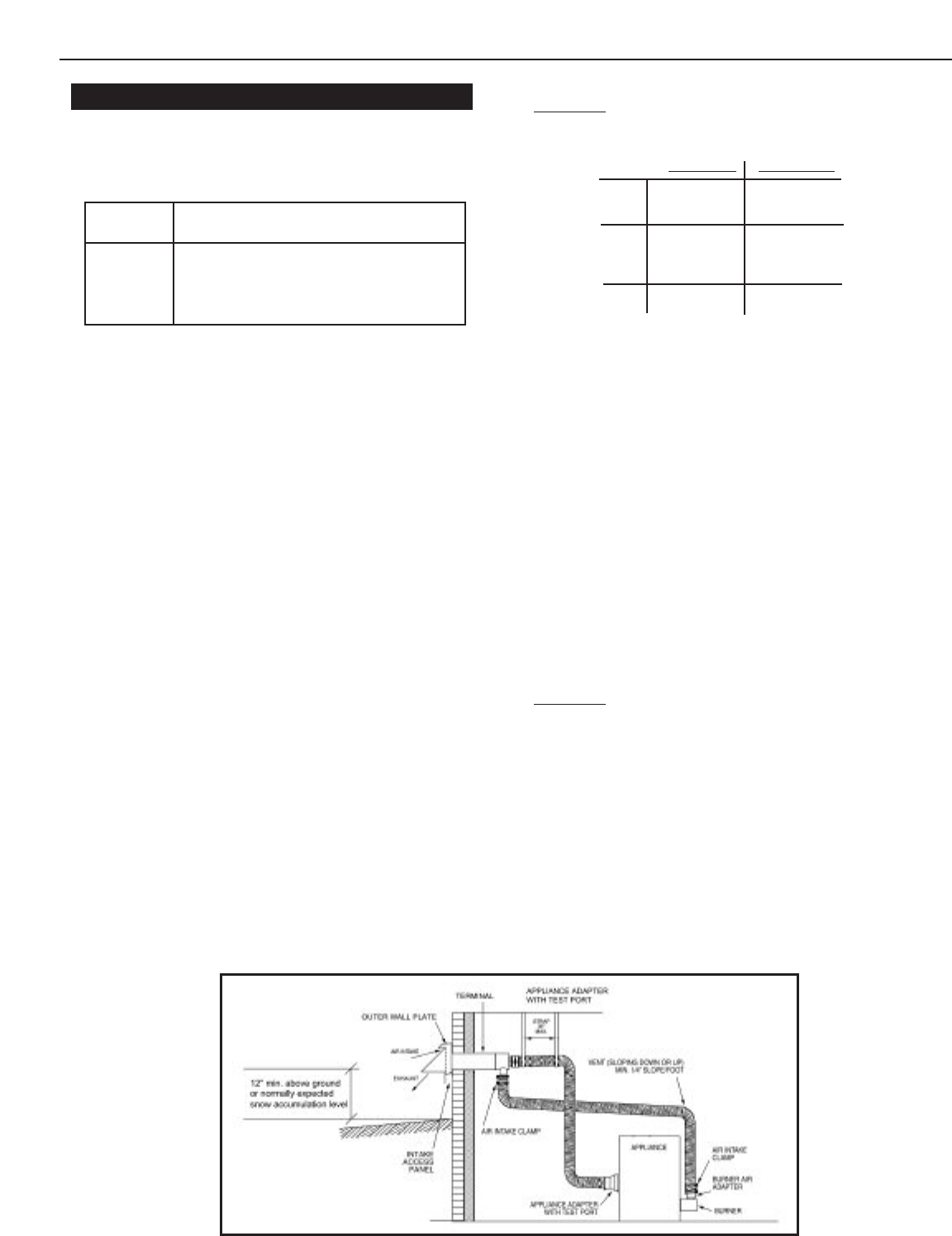
E
UTECTIC EC-10 DV
3
BOILER LOCATION
Provide a level, solid foundation for the boiler.
A. The foundation must be capable of supporting the weight of
the boiler when filled with water:
* Includes burner, circulator and controls
B. These boilers have full wet base sections which surround fire-
box for maximum heat absorption of burning fuel, and low floor
temperature.
C
. If boiler is to be located over buried conduit containing electric wires
or telephone cables, consult local codes or the National Board of Fire
Underwriters for specific requirements.
MINIMUM CLEARANCE
Provide accessibility clearance of 24" from surfaces requiring servicing (top
and front) and 18" on any side requiring passage.The boiler shall be
installed with the following MINIMUM clearances from combustible materials:
BACK AND SIDES- 6"
NOTE: Except in closets and alcoves, clearances above in (A) and
(B) may be reduced by providing forms of protection as specified in
NFPA 31, latest edition.
VENTING REQUIREMENTS
• The terminal shall not be closer than 3 feet above or 10 feet horizon-
tally from any forced air inlet into the building.
• The terminal shall not be closer than 4 feet below, 4 feet horizontally
or 1 foot above any door, window or gravity air inlet into the building.
• The terminal shall not be less than 3 ft from an inside corner of an “L”
shaped building.
• The terminal shall not be less than 7 ft above grade when located
adjacent to public walkways.
• The terminal shall not be less than 2 ft from an adjacent building.
• The terminal shall be located at a height not liable to blockage from
leaves, snow or other debris, at least 1 ft above grade or anticipated
snow line.
• The terminal shall be positioned so that flue gases are not directed
where they can jeopardize people, overheat combustible structures
or enter buildings.
• Vent terminal should be away from shrubbery or other obstructions
that would prevent free air flow to and from vent terminal.Do not ter-
minate v
ent under dec
ks
, stairways or car ports. When ever possible,
locations under windows should be avoided.
•
V
ent ter
mination should not be mounted directly abo
v
e or within 3 ft
horizontally from an oil tank vent.
BOILER INTERNAL BAFFLES
IMPOR
TANT: EC-10 series boilers Direct Vent version is different from
standard series. Direct Vent version boilers usually have fewer internal cast
iron baffles.
VENT PIPING
A. The vent piping minimum bend radius is 12”.
B. Place metal strapping every 36” to support vent pipe and prevent it
from sagging.
C. Maximum wall thickness is 14”. Contact Slant/Fin Corp. for
recommendations in case of thicker wall.
D. Gases will form white plume in winter. Plume could obstruct window view.
E. Prevailing winds could cause freezing of condensate and water/ice
buildup on building, plants or roof.
F
. Locate or guard vent to prevent accidental contact by people or pets, and
condensate from damaging exterior finish.
G.Do not terminate vent in window well, stairwell, alcove, courtyard, or other
recessed areas.
All venting kits must be double wall construction for the flue gas piping.
Field
Controls is the only approved manufacturer for venting kits. When installing
the vent kits the manufacturers instructions must be followed.
I
NSTALLING WATER TRIM
Notes: Jacket must be installed on boiler units prior to installation of trim.
PIPING
IMPORTANT: Boilers are to be used with closed system. Any application
that uses water from system, causes the introduction of a frequent supply of
fresh water into the boiler. This will cause damage to the boiler. Use of heat
exchangers will prevent this damage.
PIPING FOR WATER UNITS
NOTE: On knock down boiler only, jacket may be installed after return pip-
ing connection, but must be installed prior to adding trim & supply piping.
I. CIRCULATING SYSTEM
A. FORCED CIRCULATION hot water heating system: Use the top
tapping as supply tapping, and use the rear bottom tappings for
the return.
B. A FLOW CONTROL VALVE will prevent gravity circulation.
II. AIR CONTROL SYSTEMS
A. DIAPHRAGM-TYPE COMPRESSION TANKS are used to control
system pressure in an AIR ELIMINATING SYSTEM: an automatic
air vent is used to REMOVE air from the system water. See figure 3.
Figure 2. Typical Installation
I
NSTALLATION REQUIREMENTS
Boiler Approximate Total Weight of Boiler
Size Assembly*, filled with water
EC-13-DV 353
EC-14-DV 426
EC-15-DV 501
EC-16-DV 575
E
C-13
E
C-14 & 15
EC-16
S
tandard V
e
rsion
(
3) Baffle Plates
(
2) Baffle Plates
c
enter & right side
when viewing from
front
(0)
D
irect V
e
nt V
e
rsion
(
2) Baffle Plates center
& right side when
viewing from front
(
0)
(0)



